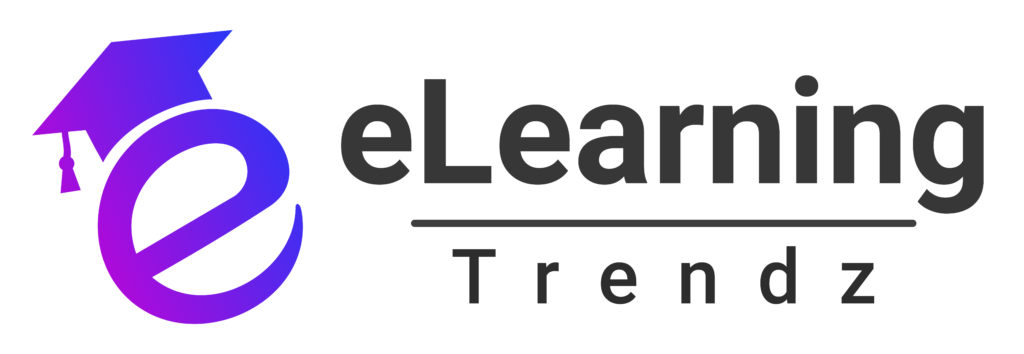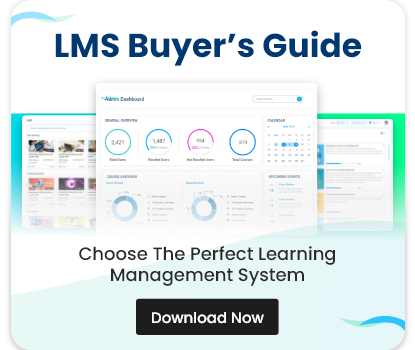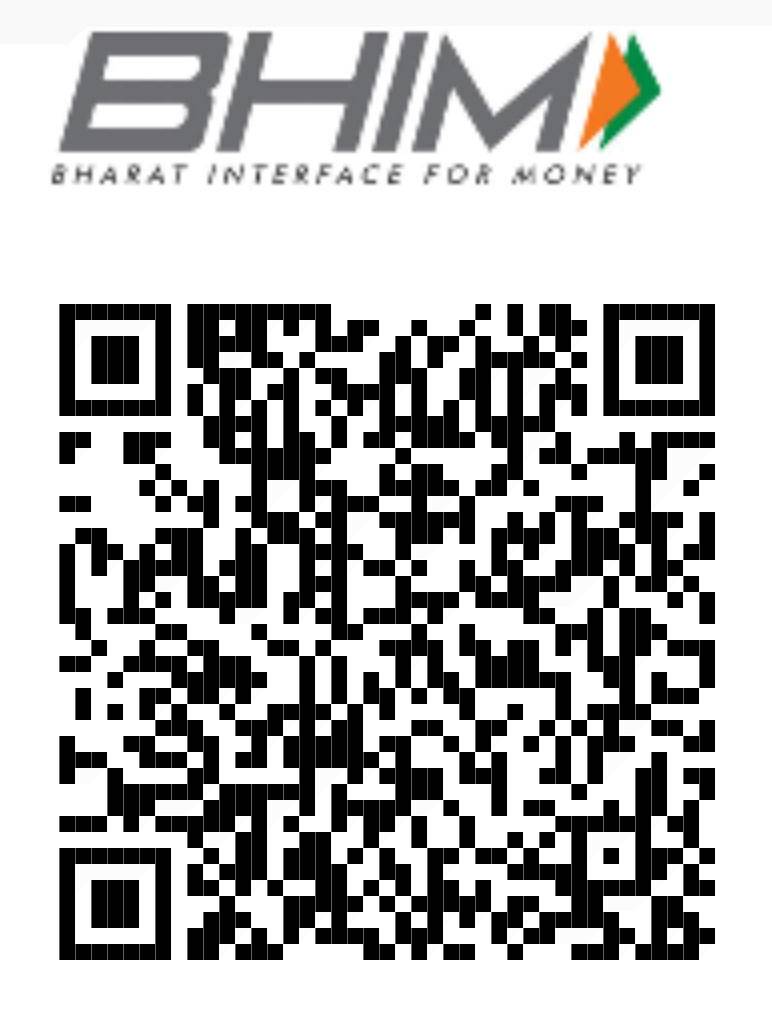In today’s fast-paced business environment, Learning and Development (L&D) teams are under increasing pressure to deliver measurable results. Gone are the days when spreadsheets were sufficient to track employee progress and training outcomes. Enter smart dashboards—a game-changing tool that enables real-time performance tracking and data-driven decision-making. In this blog, we’ll explore how L&D teams can transition from spreadsheets to smart dashboards and unlock the full potential of their training programs.
The Limitations of Spreadsheets in L&D
Spreadsheets have long been the go-to tool for tracking training data, employee performance, and learning outcomes. However, they come with significant limitations:
- Manual Data Entry: Spreadsheets require constant updates, leaving room for human error and outdated information.
- Lack of Real-Time Insights: Data in spreadsheets is static, making it difficult to monitor progress in real time.
- Limited Visualization: Spreadsheets often fail to present data in a visually engaging or actionable way.
- Scalability Issues: As organizations grow, managing large datasets in spreadsheets becomes cumbersome and inefficient.
These challenges highlight the need for a more advanced solution—one that leverages technology to streamline L&D processes and provide actionable insights.
The Rise of Smart Dashboards in L&D
Smart dashboards are revolutionizing the way L&D teams operate. These dynamic, interactive tools aggregate data from multiple sources, providing a comprehensive view of employee performance and training effectiveness. Here’s why they’re a must-have for modern L&D teams:
- Real-Time Data Tracking:
Smart dashboards pull data in real time, allowing L&D professionals to monitor progress, identify gaps, and make adjustments on the fly. - Customizable Metrics:
Dashboards can be tailored to track specific KPIs, such as course completion rates, skill acquisition, and employee engagement. - Visual Analytics:
With charts, graphs, and heatmaps, dashboards transform raw data into easy-to-understand visuals, enabling faster decision-making. - Automated Reporting:
Say goodbye to manual report generation. Smart dashboards automate the process, saving time and ensuring accuracy. - Scalability:
Whether you’re managing a team of 10 or 10,000, smart dashboards can handle large datasets with ease.
How Smart Dashboards Transform L&D
Implementing smart dashboards can have a profound impact on your L&D strategy. Here’s how:
1. Enhanced Employee Performance Tracking
Smart dashboards provide a holistic view of employee performance, highlighting strengths and areas for improvement. This enables L&D teams to deliver targeted training programs that address specific needs.
2. Data-Driven Decision Making
With access to real-time data, L&D leaders can make informed decisions about resource allocation, training content, and program effectiveness.
3. Improved Engagement and Retention
By tracking engagement metrics, such as course participation and feedback, dashboards help identify what’s working and what’s not. This allows L&D teams to refine their strategies and boost employee satisfaction.
4. Alignment with Business Goals
Smart dashboards enable L&D teams to align training outcomes with organizational objectives, demonstrating the ROI of their initiatives.
5. Proactive Problem Solving
Real-time insights allow L&D teams to identify and address issues before they escalate, ensuring smoother training delivery and better outcomes.
Key Features to Look for in an L&D Dashboard
When choosing a smart dashboard for your L&D needs, consider the following features:
- Integration Capabilities: Ensure the dashboard integrates seamlessly with your existing LMS, HRIS, and other tools.
- User-Friendly Interface: A clean, intuitive design makes it easy for non-technical users to navigate and interpret data.
- Customization Options: Look for dashboards that allow you to customize metrics and visuals to suit your specific needs.
- Mobile Accessibility: A mobile-friendly dashboard ensures you can access data on the go.
- Data Security: Choose a platform with robust security measures to protect sensitive employee information.
Getting Started with Smart Dashboards
Transitioning from spreadsheets to smart dashboards doesn’t have to be overwhelming. Here’s a step-by-step guide to get started:
- Assess Your Needs: Identify the key metrics and data points you want to track.
- Choose the Right Tool: Research and select a dashboard solution that aligns with your requirements.
- Integrate Your Data: Connect your dashboard to existing systems to ensure seamless data flow.
- Train Your Team: Provide training to ensure your team can effectively use the dashboard.
- Monitor and Optimize: Continuously review your dashboard’s performance and make adjustments as needed.
The Future of L&D: Real-Time Insights for Continuous Improvement
As the L&D landscape evolves, the ability to track and analyze performance in real time will become increasingly important. Smart dashboards are not just a technological upgrade—they’re a strategic investment in the future of your organization. By embracing this tool, L&D teams can move from reactive to proactive, delivering training programs that drive measurable results and support long-term business success.
Conclusion
The shift from spreadsheets to smart dashboards marks a new era for L&D. With real-time performance tracking, customizable metrics, and actionable insights, these tools empower L&D teams to make data-driven decisions and demonstrate their impact on organizational success. If you haven’t already, now is the time to explore how smart dashboards can transform your L&D strategy.
Ready to take the leap? Start your journey today and unlock the full potential of your training programs with smart dashboards!









